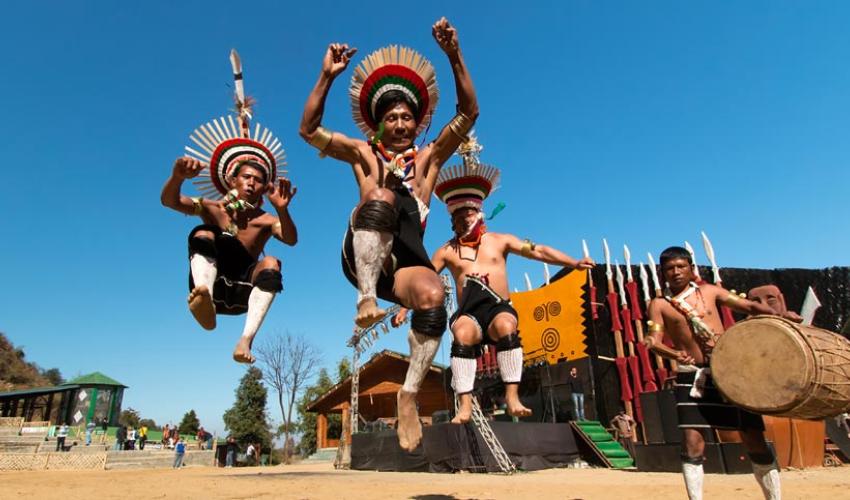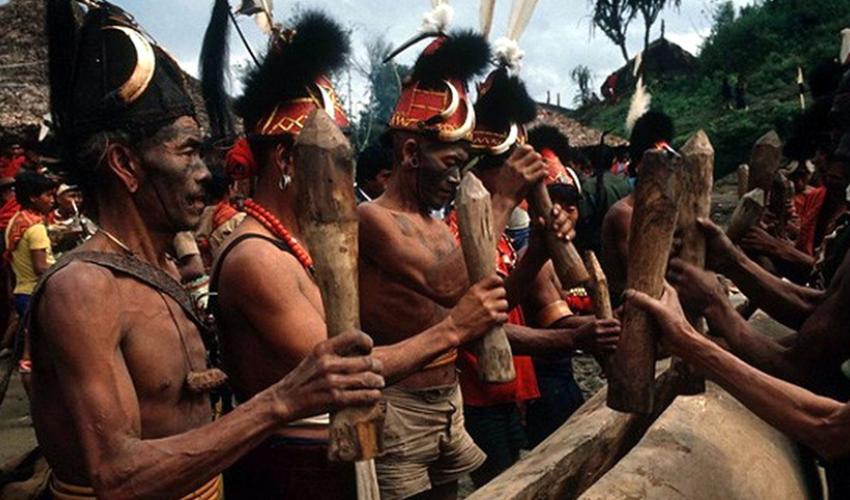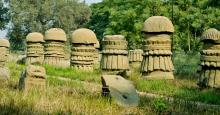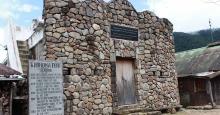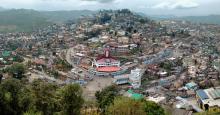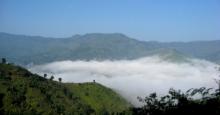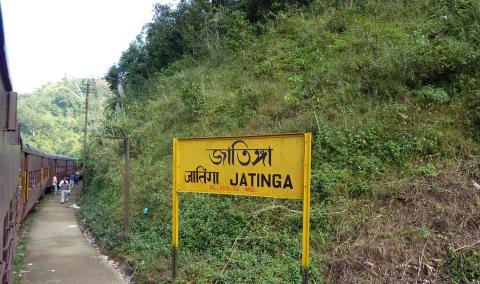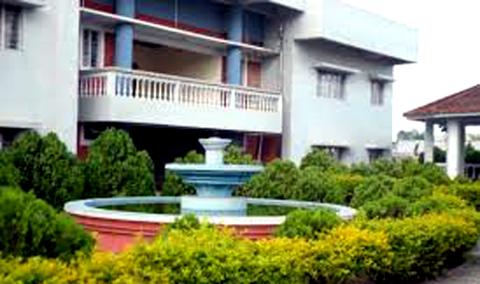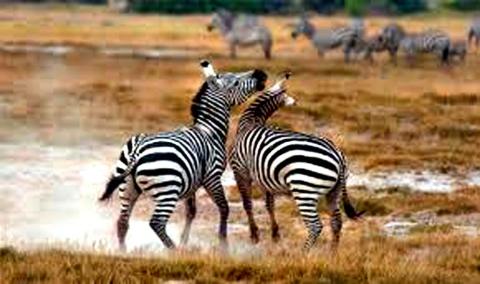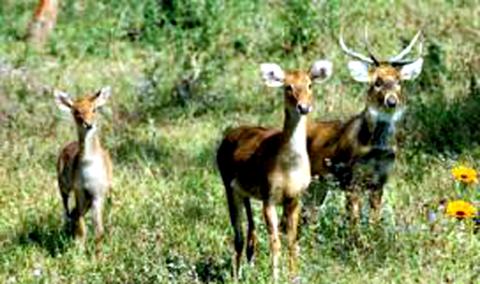Nagaland is a state in the far north-eastern part of India. It borders the state of Assam to the west,Arunachal Pradesh and part of Assam to the north, Myanmar to the east and Manipur to the south. The state capital is Kohima, and the largest city is Dimapur. It has an area of 16,579 km2 with a population of 1,980,602 as per the2011 census, making it one of the smallest states of India.
The state is inhabited by 16 major tribes - Ao, Angami, Chang, Konyak, Lotha, Sumi, Chakhesang, Khiamniungan, Kachari, Phom, Rengma, Sangtam, Yimchungrü, Kuki, Zeliang and Pochury as well as a number of sub-tribes.Each tribe is unique in character with its own distinct customs, language and dress. Two threads common to all, is language and religion - English is in predominant use and Nagaland is one of three states in India where the population is predominantly Christian, with conversions starting in the British Raj era.
Nagaland became the 16th state of the Indian Union on 1 December 1963. Agriculture is the most important economic activity and the principal crops include rice, corn, millets, pulses, tobacco, oilseeds, sugarcane, potatoes, and fibres. Other significant economic activity includes forestry, tourism, insurance, real estate, and miscellaneouscottage industries. The state has experienced insurgency as well as inter-ethnic conflict, since the 1950s. This violence and insecurity has long limited Nagaland's economic development, where it had to commit its scarce resources on law, order and security. In last 15 years, the state has seen less violence and annual economic growth rates nearing 10% on a compounded basis, one of the fastest in the region.
The state is mostly mountainous except those areas bordering Assam valley. Mount Saramati is the highest peak with a height of 3,840 metres and its range forms a natural barrier between Nagaland and Burma. It lies between the parallels of 98-degree and 96-degree East Longitude and 26.6-degree and 27.4-degree latitude north of the equator. The state is home to a rich variety of flora and fauna; it has been suggested as the "falcon capital of the world".
Flora and Fauna:
Nagaland is rich in flora and fauna. About one-sixth of Nagaland is under the cover of tropical and sub-tropical evergreen forests—including palms, bamboo, rattan as well as timber and mahogany forests. While some forest areas have been cleared forjhum cultivation, many scrub forests, high grass, reeds; secondary dogs, pangolins, porcupines, elephants, leopards, bears, many species of monkeys, sambar, harts, oxen, and buffaloes thrive across the state's forests. The Great Indian Hornbill is one of the most famous birds found in the state. Blyth's Tragopan, a vulnerable species of pheasant, is the state Bird of Nagaland. It is sighted in Mount Japfü and Dzükou Valley of Kohima district, Satoi range in Zunheboto district and Pfütsero in Phek district. Of the mere 2500 tragopans sighted in the world, Dzükou valley is the natural habitat of more than 1,000.
Weather & Rainfall
Nagaland has a largely monsoon climate with high humidity levels. Annual rainfall averages around 70–100 inches (1,800–2,500 mm), concentrated in the months of May to September. Temperatures range from 70 °F (21 °C) to 104 °F (40 °C). In winter, temperatures do not generally drop below 39 °F (4 °C), but frost is common at high elevations. The state enjoys a salubrious climate. Summer is the shortest season in the state that lasts for only a few months. The temperature during the summer season remains between 16 °C (61 °F) to 31 °C (88 °F). Winter makes an early arrival and bitter cold and dry weather strikes certain regions of the state. The maximum average temperature recorded in the winter season is 24 °C (75 °F). Strong north-west winds blow across the state during the months of February and March.
How to reach
By Air: DIMAPUR has the only Airport in Nagaland at the moment. Direct flights connect the airport to Guwahati and Kolkota and connections can be made from all other airports in India.
By Rail: Dimapur has a railway station on the main line of the North east Frontier Railway. It is well connected to Guwahati, with a number of trains that shuttle between the two stations every day. Guwahati, on the other hand, has direct train lines with most major Indian cities.
By Road: A number of taxis ply from Dimapur to Kohima. Night buses connect Dimapur and Kohima to Guwahati and Shillong (Meghalaya). A very convenient way for reaching Kohima is to take the train or flight to Dimapur and then rent a taxi to Kohima. The Dimapur taxi stand is adjacent to the Railway Station. Yellow taxis can be hired with other passengers (shared taxi) or exclusive (full taxi). A full taxi could cost anything between USD $14 to USD $18 for a one way trip to Kohima. A traveler can also opt to rent a car from Guwahati (through tour operators) and drive all the way to Kohima. This is a very pleasant drive, lasting about 6-7 hours and taking the tourist past beautiful stretches of forests, greenery and hills; but one should try to start and end the journey before nightfall.
